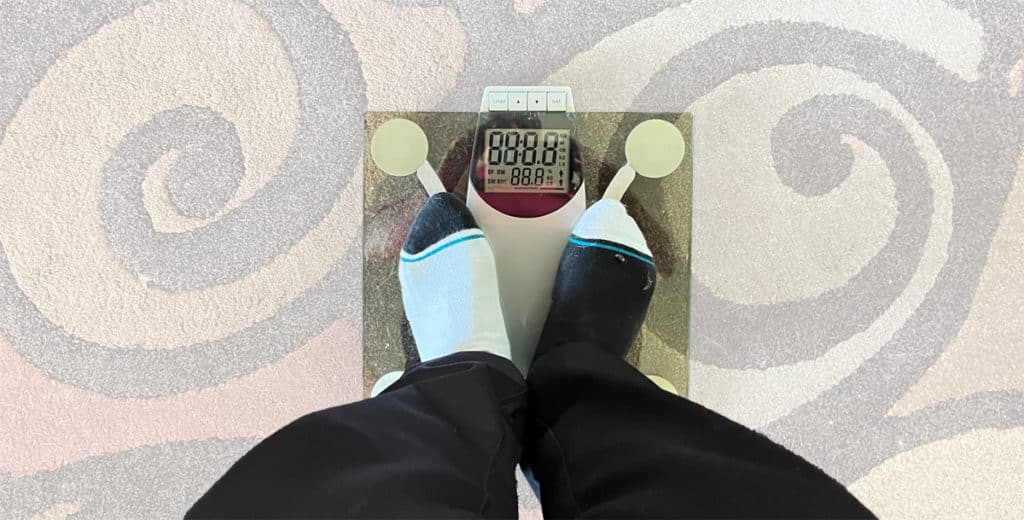What's My Goal?
The numbers on the bathroom scale get all the attention, but isn’t our real goal to reduce our body fat? Fortunately, that’s exactly what happens when your body doesn’t take in enough energy to satisfy its needs. First, it burns the glucose reserves (glycogen) in your liver, and muscles, which can be depleted in less than 24 hours, before switching to “fat-burning” mode.
Fat-Burning Mode (aka Ketosis)
In “fat-burning” mode, your body breaks down fats into ketones and uses them for energy. This process is called ketosis, and it’s the reason you hear so much about ketogenic diets, also called keto diets or simply keto. When you achieve ketosis, your body becomes incredibly efficient at burning fat for energy.
In fact, it’s so good at it that it will preferentially burn fat for energy over glucose (carbs). This not only results in rapid weight loss, but also has a host of other health benefits, including improved mental clarity, decreased inflammation, stabilized blood sugar levels, and a feeling of well being.
...mental clarity, decreased inflammation, stabilized blood sugar levels
Very Low-Carb to go Keto
The key to achieving ketosis is to severely restrict your intake of carbs. When you do this, your body has no choice but to burn fat for energy. The problem is that most people don’t know how many carbs they should be eating, or what the right balance of fat and protein is.
Further complicating matters, the human body requires adequate protein and will canibalize its own lean tissue if your diet does not provide enough protein. Extreme dieting can be dangerous to your health, and in some cases even fatal.
Medical Weight Loss
This was addressed decades ago in the medical community with the creation of Very Low-Calorie Diets (VLCD’s), which allowed patients to consume 500-800 calories each day, while eating low-carb (less than 70g) and low-fat (less than 15g), while also eating high-quality protein (75g or more).
Patients routinely achieved significant weight loss, averaging as much as twenty pounds of weight loss per month for extended periods of time.
In a study we conducted for WEA Trust Insurance (NAASO 2001), VLCD patients and bariatric surgery patients had comparable weight loss results at five years, which highlights the success of VLCD therapy.
...averaging as much as twenty pounds of weight loss per month
Popular Treatment Trends
Most approaches use shakes, bars and other nutritionally designed products, with one or two additional meals per day. This meal plan can still lead to rapid weight loss; however, The ketogenic effect is less pronounced and the rate of weight loss will be slower. Regardless, many find the less restrictive plan to be easier to follow.
How to Measure Ketosis
The most precise way to measure ketosis is by blood testing with a glucometer, which can be done in both medical and non-medical settings. Urine testing isn’t as accurate but may provide complementary information when used alongside blood tests. However, for the majority of people dieting, the amount of ketones present will not show up on an at-home urine test—that’s more fit for diabetics testing for ketoacidosis.
In most cases, it will take two to three days for the transition to a fat-burning metabolism. Over the first 24 hours you will burn up your carb reserves and shed water (think frequent bathroom breaks). You may get dizzy or lightheaded, and headaches are also a possibility. Stay hydrated and follow your nutrition plan and within the next day or so, you will begin to feel better. Your energy level and lack of appetite will be the best indicator that you are on track.
Final Thoughts
If you’re ready to make lasting changes in your life, our team is here to help. We have the experience and expertise necessary to help you create a personal plan that fits your lifestyle. Let’s get started today!

